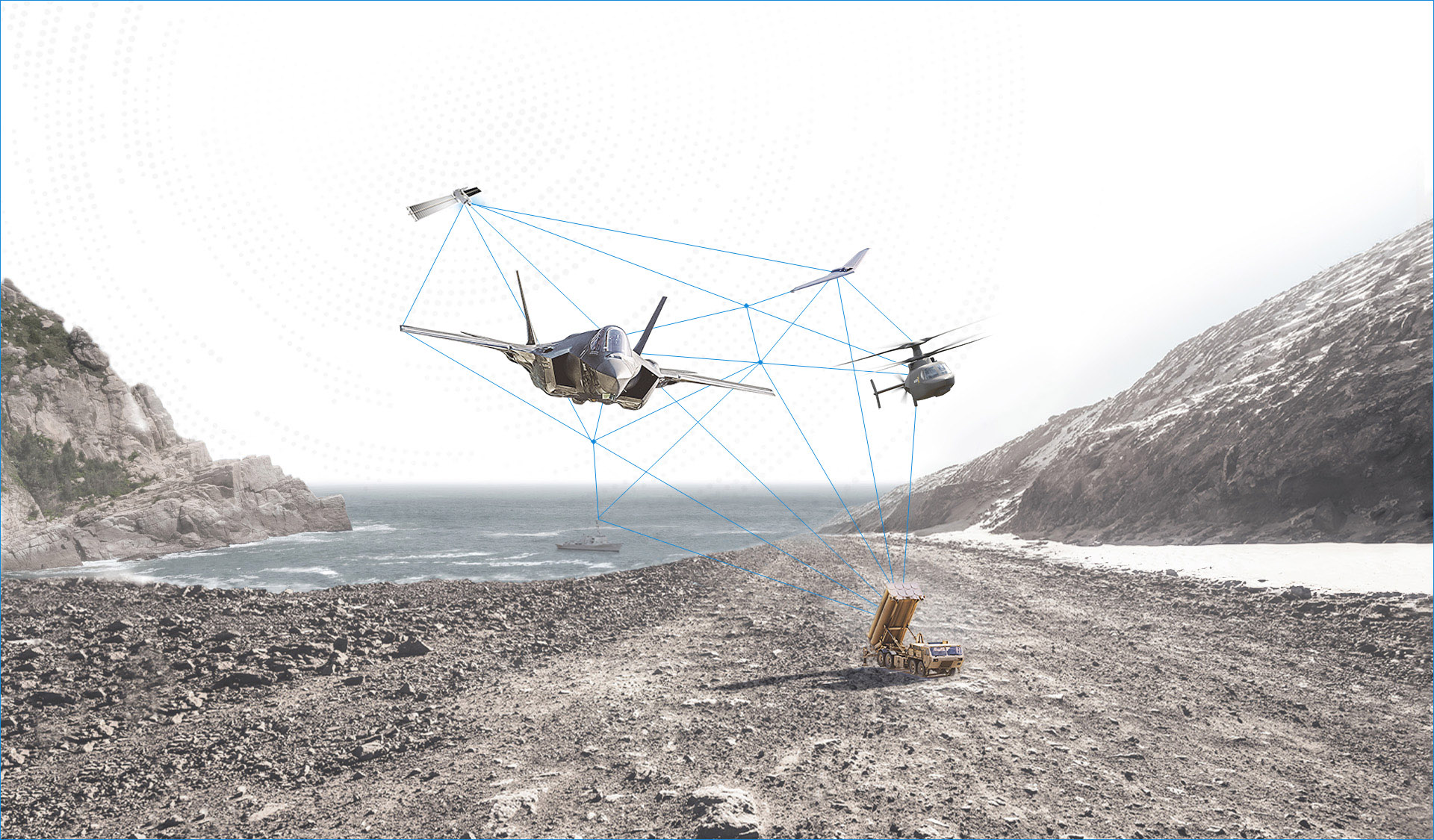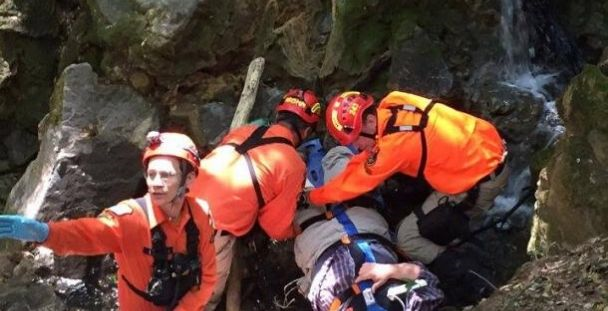Where the Sidewalk Ends
When Isaac Weingrod isn’t at work, he’s still seeking, and overcoming, challenges. That’s because, as a member of the Volunteer Search and Rescue team in Santa Clara County, California, he spends a lot of his time training to help people in trouble.
The teams Isaac works with helps find missing or distressed people in the rugged areas across the state of California – in terrain that can range from agricultural land to the mountains. They often pick up, he says, “at the end of the sidewalk,” where law enforcement and emergency services, traditionally, leave off. “If they need us to help look for people in the wilderness, that’s what we’re there for.”
And after eight years and more than thirty operations, he has some stories to tell. Take, for example, one overnight rescue operation:
"[We got] called to Mount Hamilton at about ten o'clock at night to search for a lost hunter. We searched for a couple of hours and established voice contact. He was not accessible from where our team was located so we directed a second team to his location around 3am. Eventually, he had to be lifted out by helicopter.”
But that wasn’t the end of his day. “The hunter was fine. He was somewhat dehydrated, but otherwise healthy. We slept for a few hours in the field and then hiked out of a ravine after the sun rose. You couldn’t ask for a better outcome, which really makes all the training worthwhile.”
With about two and a half months of academy work, as well as regular exercises to practice foundational skills, including navigation, rope work, search tactics and first aid, Search and Rescue takes commitment.
Isaac has recently become the training officer for the team. He is responsible for planning and leading the trainings to keep the team motivated and prepared. Isaac says. “Our primary mission is public safety. While we are part of the sheriff’s department, we don't want the public to think of us as law enforcement. We are not armed, and we wear bright orange uniforms without badges."
What makes it worthwhile? "The majority of people we are helping are vulnerable in some way. Regardless of why we are looking for someone, it means they are having a bad day, and we are there to help them."
He adds: “I do this because it gives me a chance to have a positive impact on my community while spending time outdoors. There are not many things where you get to do something really enjoyable and have a positive impact on someone’s life."
Some rescue efforts come with a touch of humor. "A junior high football team and their coach went for hike and decided to take short cut. Eventually they realized they didn't want to go back, but couldn't go forward, and called for help. We found them around midnight. We ended up working with California Forestry Department to cut a path through dense brush to get them out. It was an overnight operation that involved two dozen rescuers and a bunch of chain saws.”
Isaac admits the work sometimes requires juggling time, but he gets support from Lockheed Martin management. “One of the benefits of working at Lockheed Martin is having a flexible schedule - if I need to go look for someone, I usually can.”
There are the bad days – but then there are the times when they find someone alive. What is it like? “Sometimes the information we have at the start of a search is not encouraging,” Isaac says, “…but I have been surprised by so many of the good outcomes we have found. A person’s ability to survive can be quite spectacular.”
Ensuring that employees have a work-life balance is a high priority at Lockheed Martin. Check out opportunities where you can work with people like Isaac.







